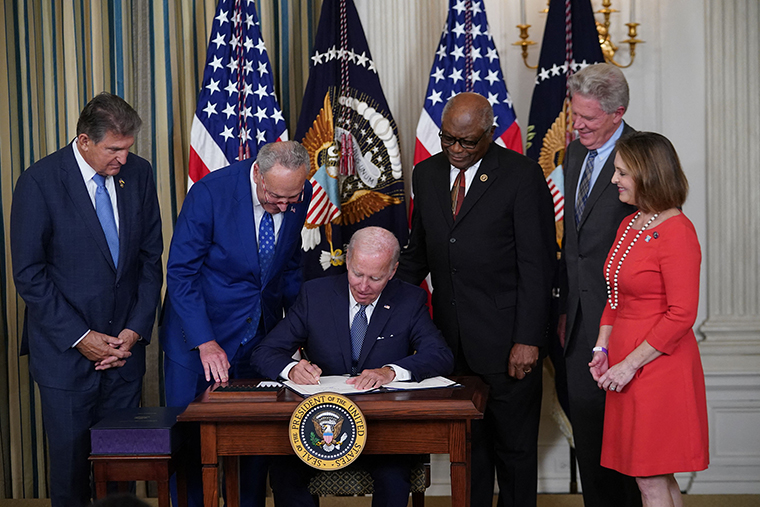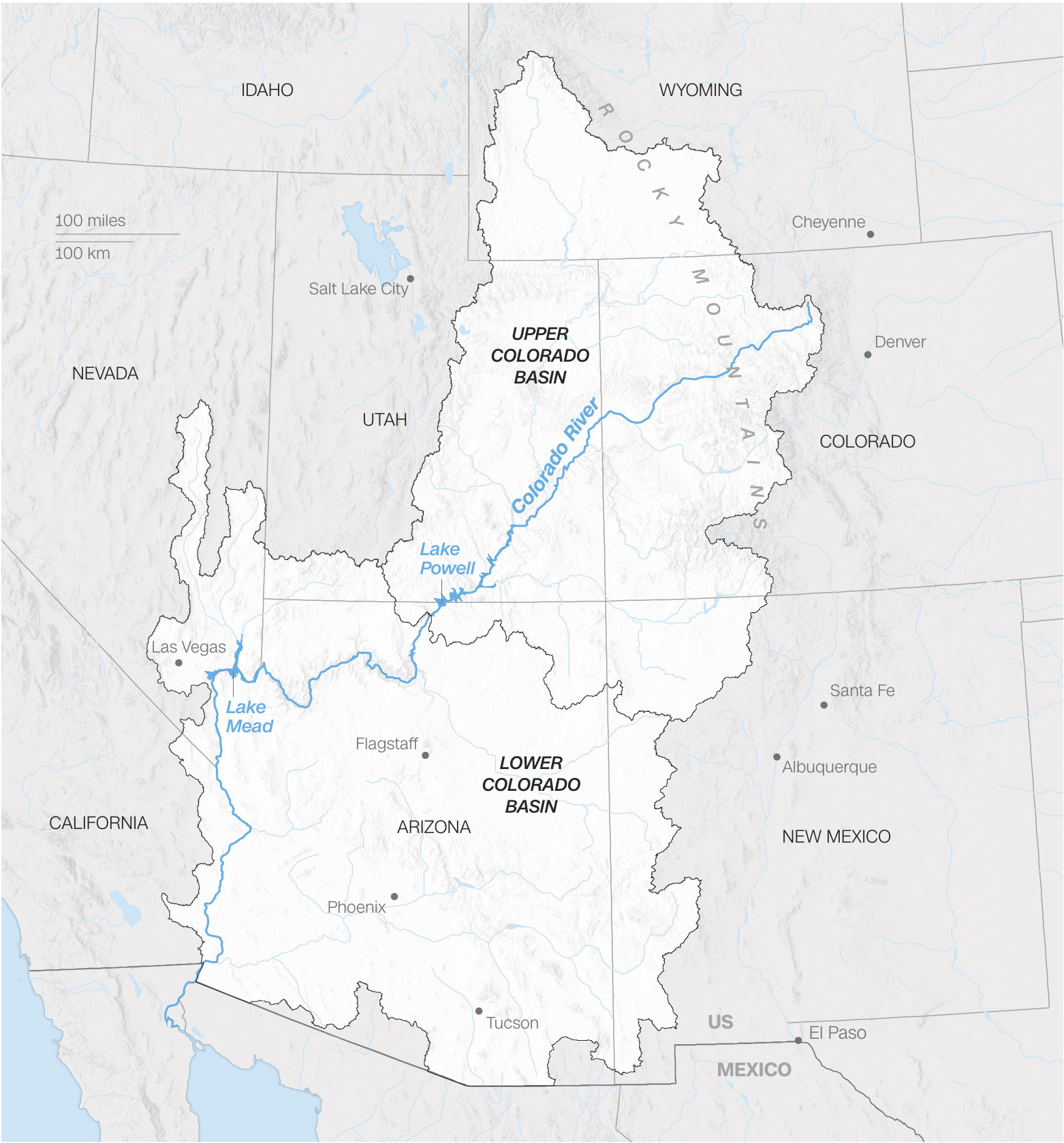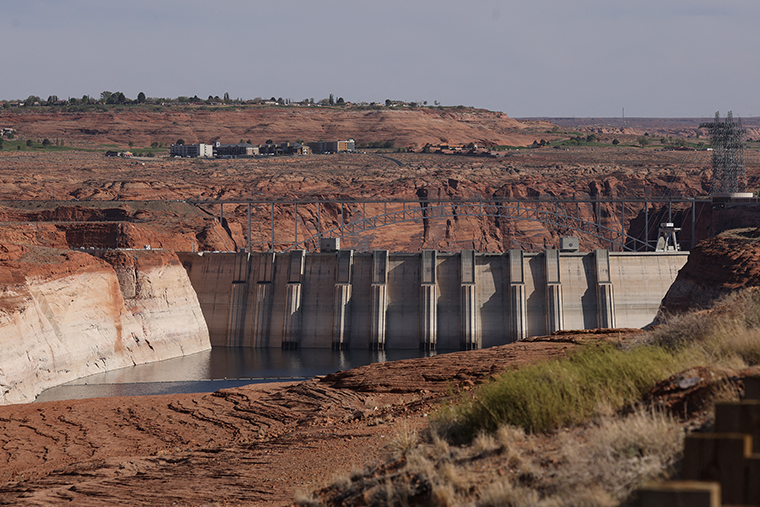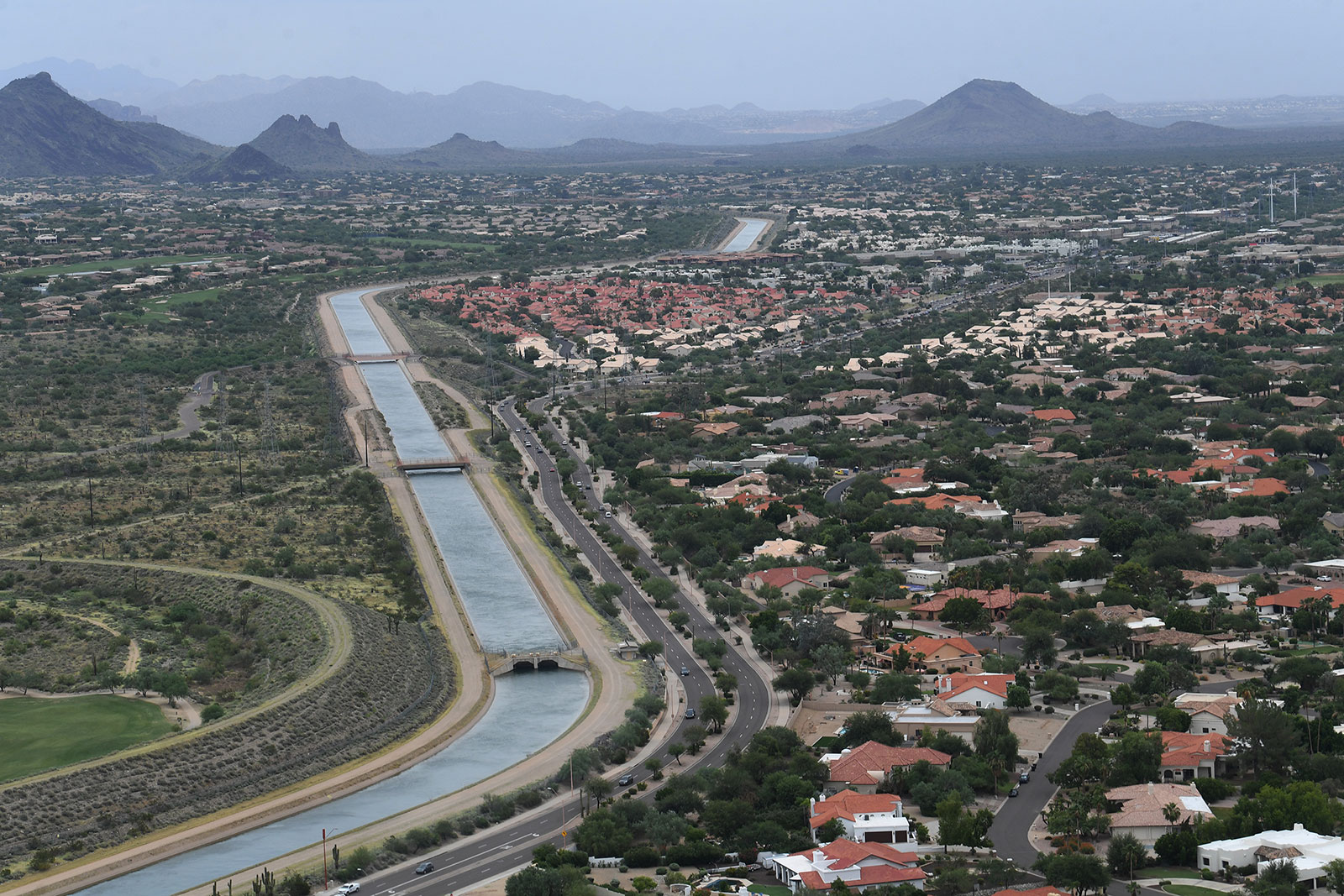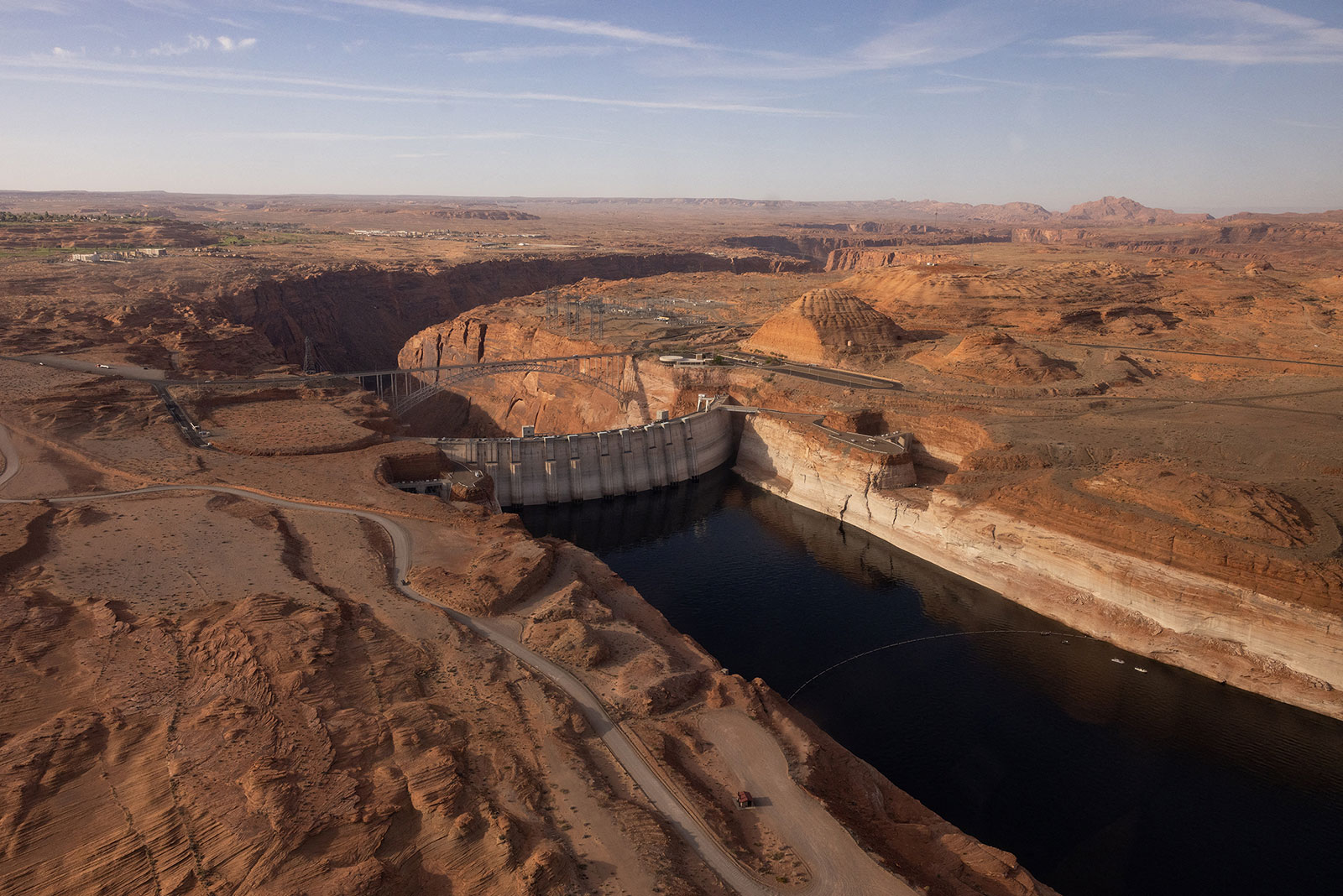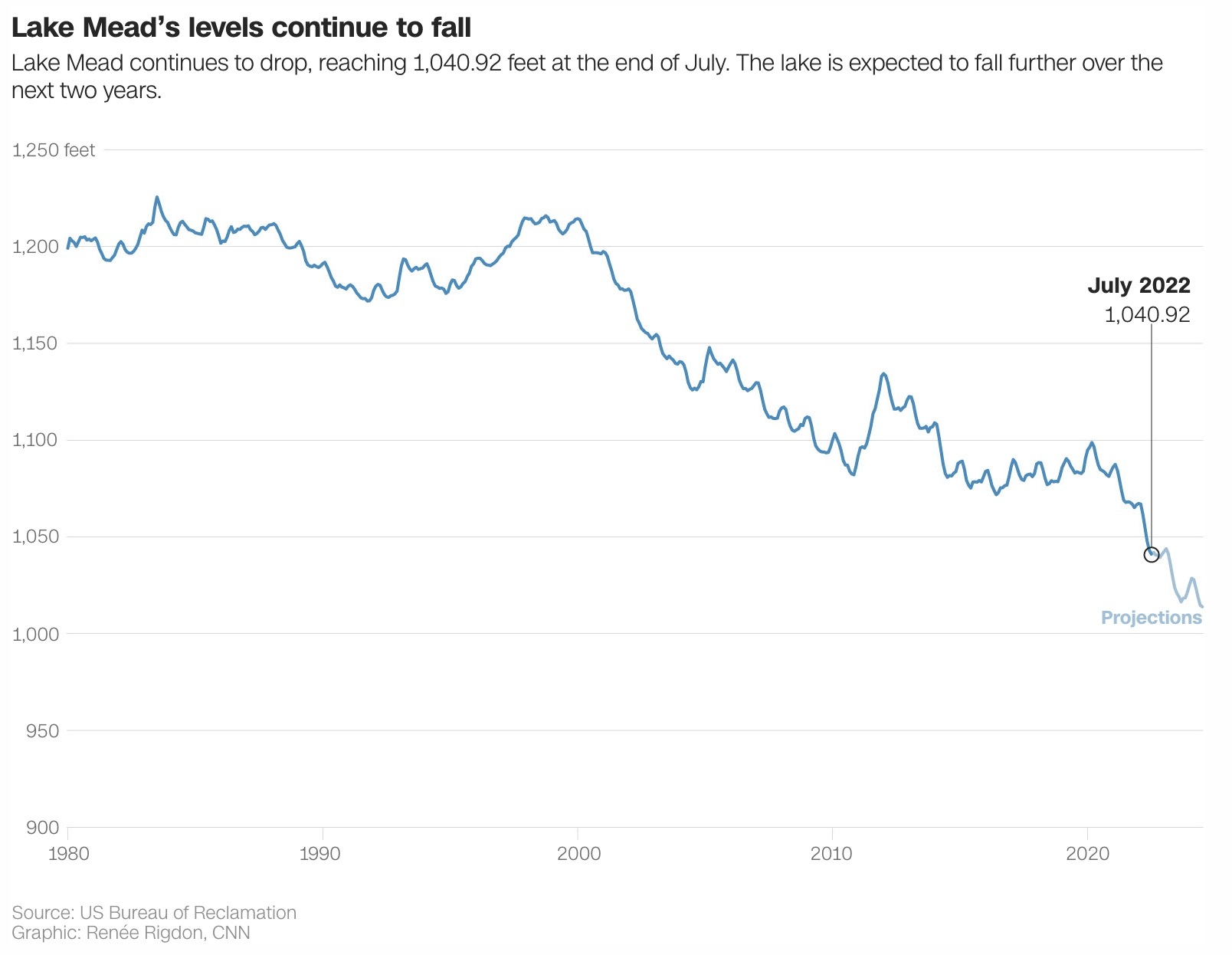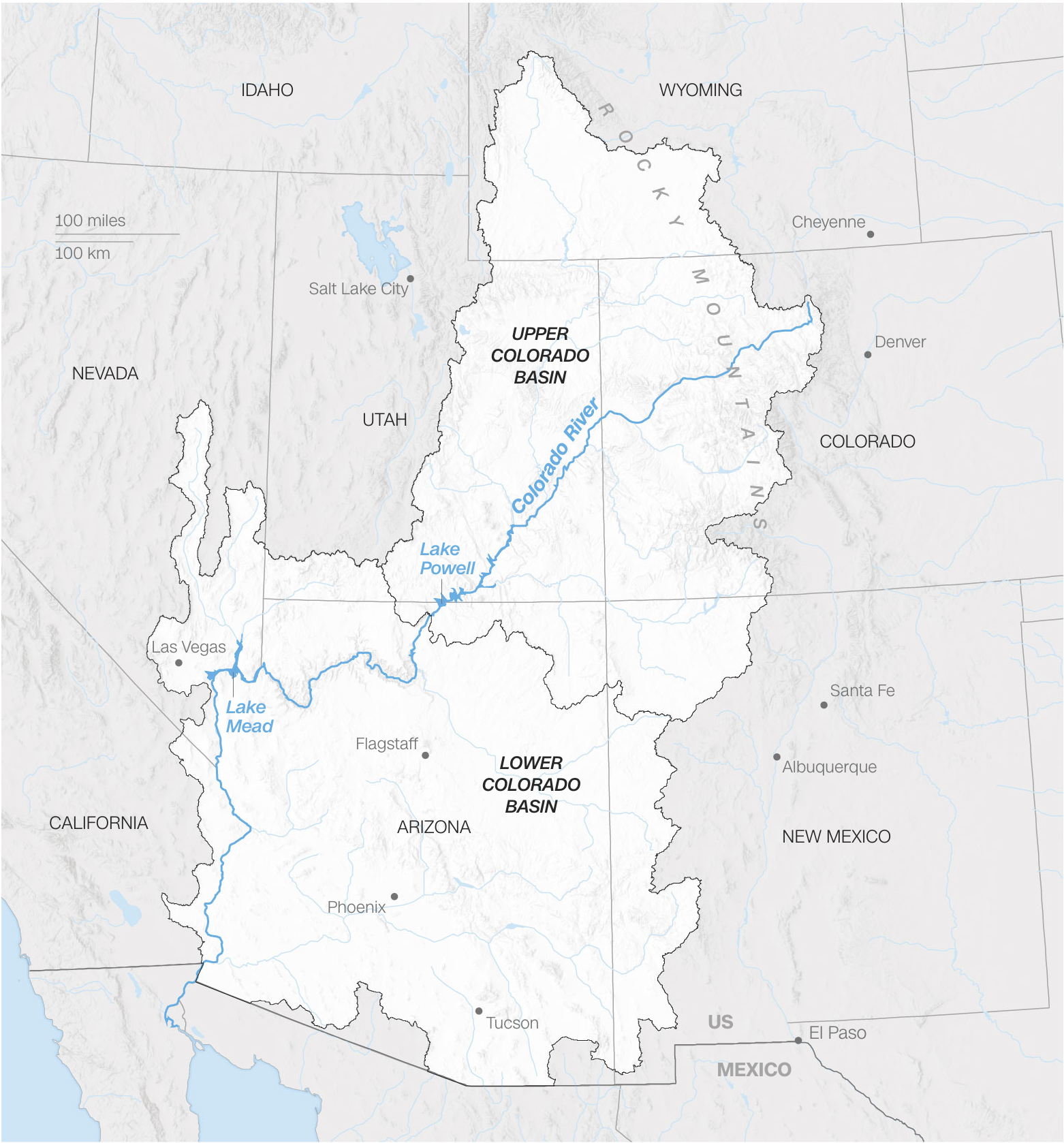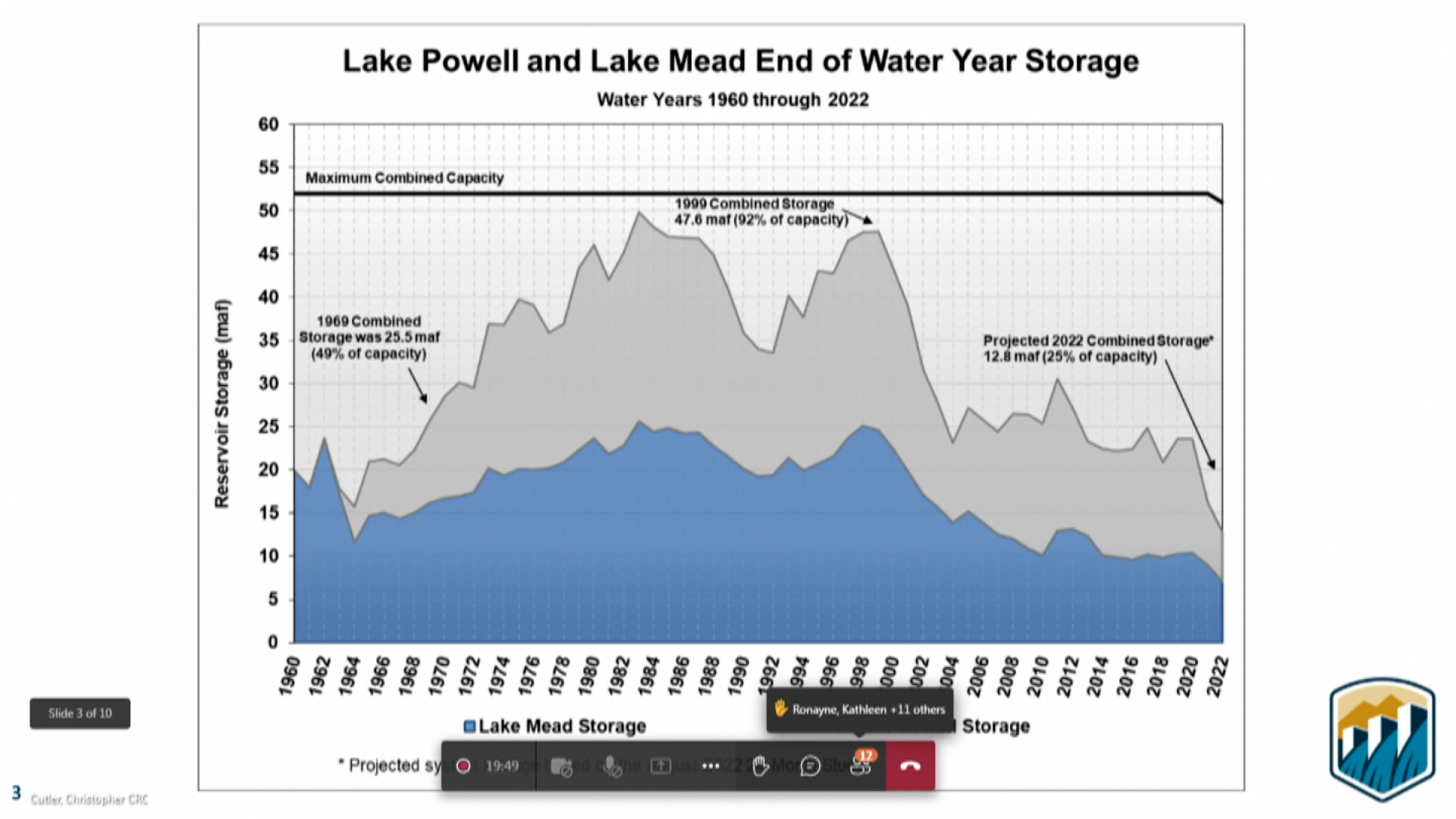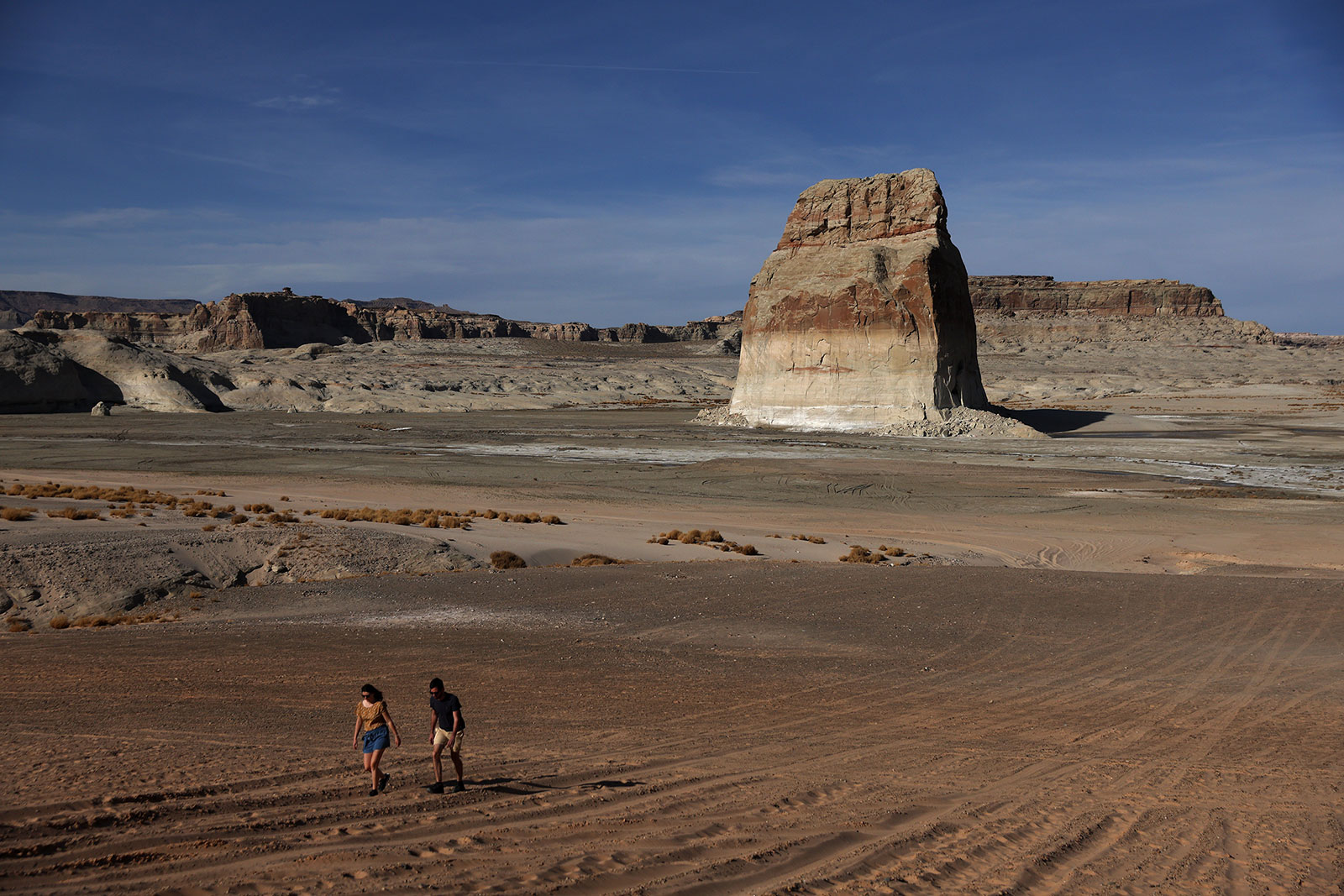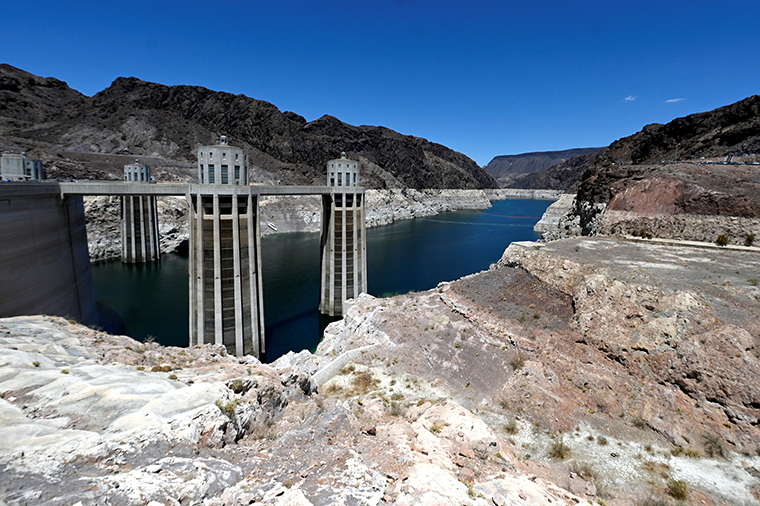
The federal government announced that the Colorado River will operate in a Tier 2 shortage condition for the first time starting in January as the West’s historic drought has taken a severe toll on Lake Mead.
What this means:
- Arizona, Nevada and Mexico will have to further reduce their Colorado River use beginning in January. California will not yet have cuts made to the water it receives from the Colorado River.
- Of the impacted states, Arizona will face the largest cuts — 592,000 acre-feet — or about 21% of the state’s yearly allotment of river water.
Those cuts are part of a system that Colorado River states have already agreed to in the case of an unprecedented water shortage.
But experts say those mandatory cuts are not enough to save the river.
In June, Bureau of Reclamation chief Camille Touton told the river’s stakeholders to come up with a plan to reduce up to 25% of their water usage.
She gave them an August 15 deadline, but negotiations have been difficult and are not finished. Touton did not specify on Tuesday any new deadlines that might be set for states to come up with a plan for the drastic cuts.
"Today we're starting the process and more information will follow as far as the actions we'll take in that process," Touton said on Tuesday. "I want to continue to push on the need for partnership in this space and the need for collaboration and finding a consensus solution. Not just for next year but for the future."
Some of the river’s stakeholders are eager for the federal government to step in with a plan. John Entsminger, the general manager for the Southern Nevada Water Authority, told CNN that so far not enough of the stakeholders have put forth proposals that would get the basin to Touton's target.
“There's only so much water, and mother nature will figure this out at some point," Entsminger said. "At some point, there's just not water in the river channel."



